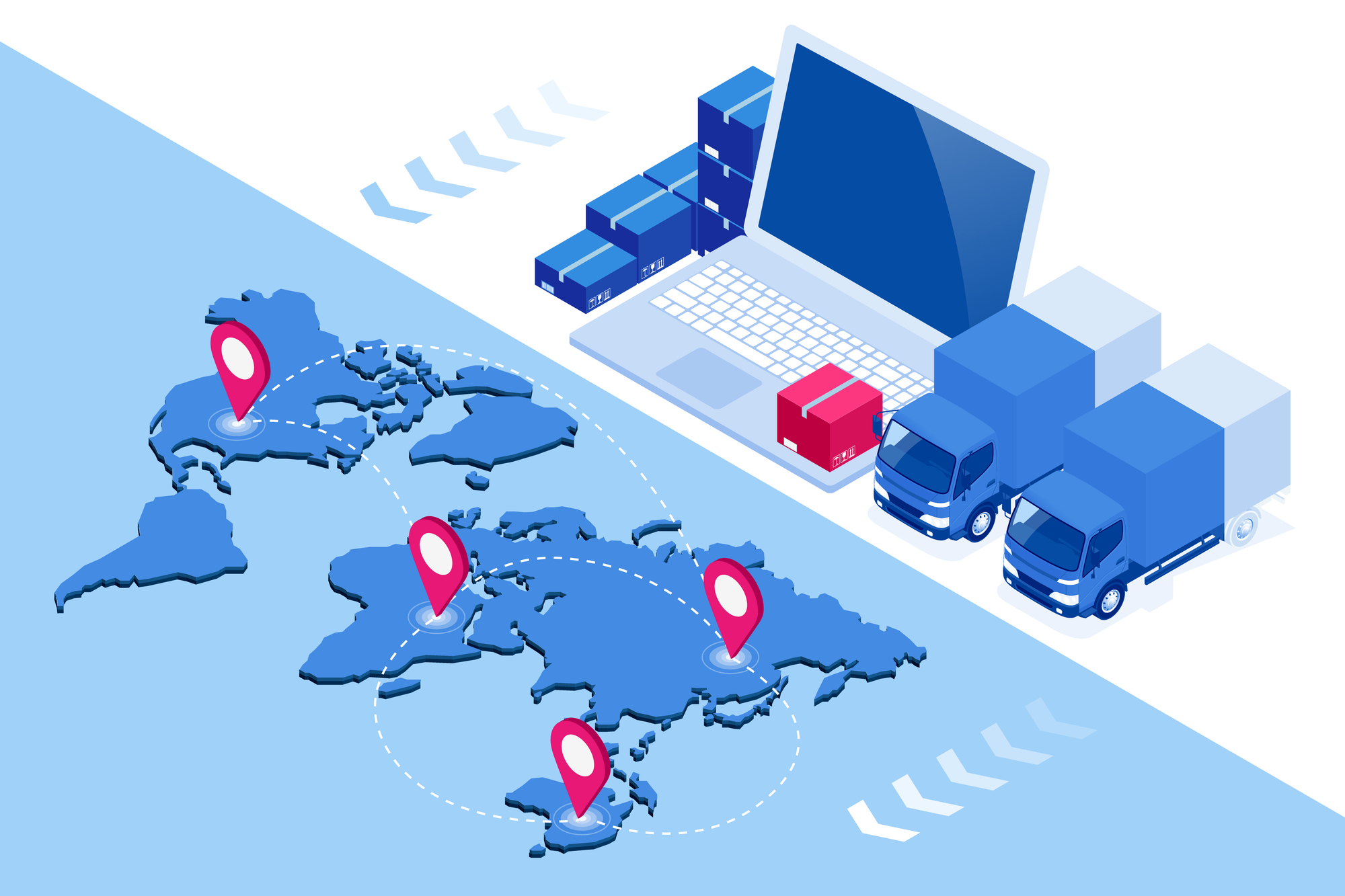This is Part III of our three part series on Achieving Consensus to Drive Real Change in your Indirect Supply Chain. To learn more about making a case for change, check out last month’s article!
Once you make the leap into change, you still need a vision in mind. So what do you need to do? What does the end state look like?
There are a couple things you want to keep in mind.
Improved Decision Making to Increase the Speed of Business.
Because consumerism has changed the way your customers go through their buying process[1], you need the ability to make more intelligent business decisions faster and across all functions. This is powered by improved access to information, analytics and insight, which, in turn, allows you to respond quickly and smartly to fleeting customer opportunities and increase your speed to value.
Best Talent.
Over the next decade nearly 2 million manufacturing jobs will go unfilled[2]. This skilled labor gap directly impacts your ability to meet customer demand, provide effective customer service, innovate and develop new products and expand internationally.
Transparency and visibility across the ENTIRE supply chain.
The supply chain isn’t just your direct supply, and it doesn’t stop at your front door. Taking a full view will enable you to work more effectively, stimulate collaboration, maximize responsiveness and improve performance. Lack of visibility can delay the discovery of anomalies or problems in supply chain and manufacturing operations that need attention. While end-to-end transparency, on the other hand, allows you to make keen process improvements and be able to identify where is the best use of emerging technology and complementary capabilities in your supply chain and in your process.
Shorten the supply chain.
Consolidating your suppliers means more transparency across the supply base and a more streamlined business process. All resulting in your ability to be more responsive to market opportunities.
Make-to-one. Buy-to-one.
The impact of additive manufacturing will go far beyond production. Making the industry much faster and more competitive than today. Shortened supply chains means a dramatic increase in the number of transactions. How do you reduce suppliers while increasing transactions? Accelerate the supply chain by taking advantage of the opportunities available to leverage purchasing power. Your partners should sell to how you buy. You shouldn’t have to buy to how they sell.
Buy closer to the point of need.
Informed, impatient, brand agnostic, experience-seeking customers (B2B2C) are going to grow the businesses of those who can identify (analytics) and react quickly (process-driven) to emerging opportunities. If you haven’t already, you’ll need to move your business from transactional business to real-time business. The ideal world would be just-in-time delivery in a planned maintenance domain, as opposed to stockpiling and hoarding in a reactive domain. Point-of-use technology both in delivery and in searching/ordering helps get you there quicker.
All resulting in being able to respond more quickly and to market opportunities you couldn’t address before.
Take advantage of a supply chain ecosystem.
Social, mobile, analytics and cloud (SMAC) adoption is gaining speed[3]. SMAC is an essential tool kit for enterprises to drive higher customer engagement and growth opportunities. To take advantage of this, you’ll want to gain access to innovative partners, emerging technologies, research and academia.
Shared Vision.
The more diverse the interests and agendas of the various stakeholders in the buying or change process, the more dysfunctional the decision-making process.
This dysfunction, not surprisingly, rises as the diversity increases[4]. Because MRO touches so many different functions of the business – IT, production, maintenance, storerooms, engineering – the diversity index is going to be high. In order to implement any kind of change, you need to align the interests and perspectives of those various stakeholders with a shared vision. How will this initiative not only impact and improve each function represented, but improve business enterprise-wide?
With an average of 5.4 stakeholders and increased customer dysfunction, you have to find a way to better connect those same individual stakeholders to each other. You have to agree on a common course of action. You get there by confronting disagreements, engaging in productive debate and considering what alternatives you have. Ultimately, you need to collectively embrace change.
Mobilize.
Because most organizations try to avoid change, you need to have a mobilizer. Someone who is willing and able to build consensus – who also has an openness towards driving organizational change. And if you want to drive change in your organization, you’ll need to identify the profiles of each of your stakeholders, so you can find your mobilizer and overcome any hurdles…or if you are the
mobilizer, so you can rally others into action. The mobilizers are the ones that are particularly good at building consensus and really drive change[5].
What do you do with these mobilizers to help drive change in your organization?
After you’ve identify mobilizers – not just evangelists – you’ll want to engage them with commercial insights, equip them to coach the other stakeholders for collective change and provide them the support, encouragement and confidence to push through.
But you can’t do it alone.
True leaders seek a catalyst to accelerate this change. They seek collaboration and gain access to entrepreneurial businesses and entrepreneurial-minded people with new models to transform business and become more value driven.
MRO business process integration and outsourcing will help you drive the change to reduce cost, balance risk and increase value. You’ll want to become part of a supply chain ecosystem that provides a collaborative learning environment, provides access to an entrepreneurial business partner with the latest thinking and emerging technology, and that transforms the conversation from cost to value.
Choosing a partner isn’t going to be easy. Everyone says they do the same thing, but not everyone can deliver. Some things to keep in mind when looking for a partner are discussed in the article, 6 Things to Look for in an MRO Service Provider. The main thing you’ll want to look for is whether your partner has optimized the process and the technology all in one supply chain ecosystem to make MRO work the best for more simplified, nimble and intelligent operations.
We hope you’ve enjoyed our article series. Contact us today if you’d like to learn more.
[1] Source: IDC Manufacturing Insights. IDCWP02W, 2014.
[2] Source: The skills gap in US manufacturing 2015 and beyond. Deloitte and Manufacturing Institute, 2015.
[3] Source: 5 Manufacturing Trends that will Shape the Market in 2015. Industry Week. November 14, 2014. http://www.industryweek.com/technology/5-manufacturing-trends-will-shape…
[4] Source: Executive Guidance – Winning Consensus-Based Sales. CEB, 2015.
[5] Source: Executive Guidance – Winning Consensus-Based Sales. CEB, 2015.




